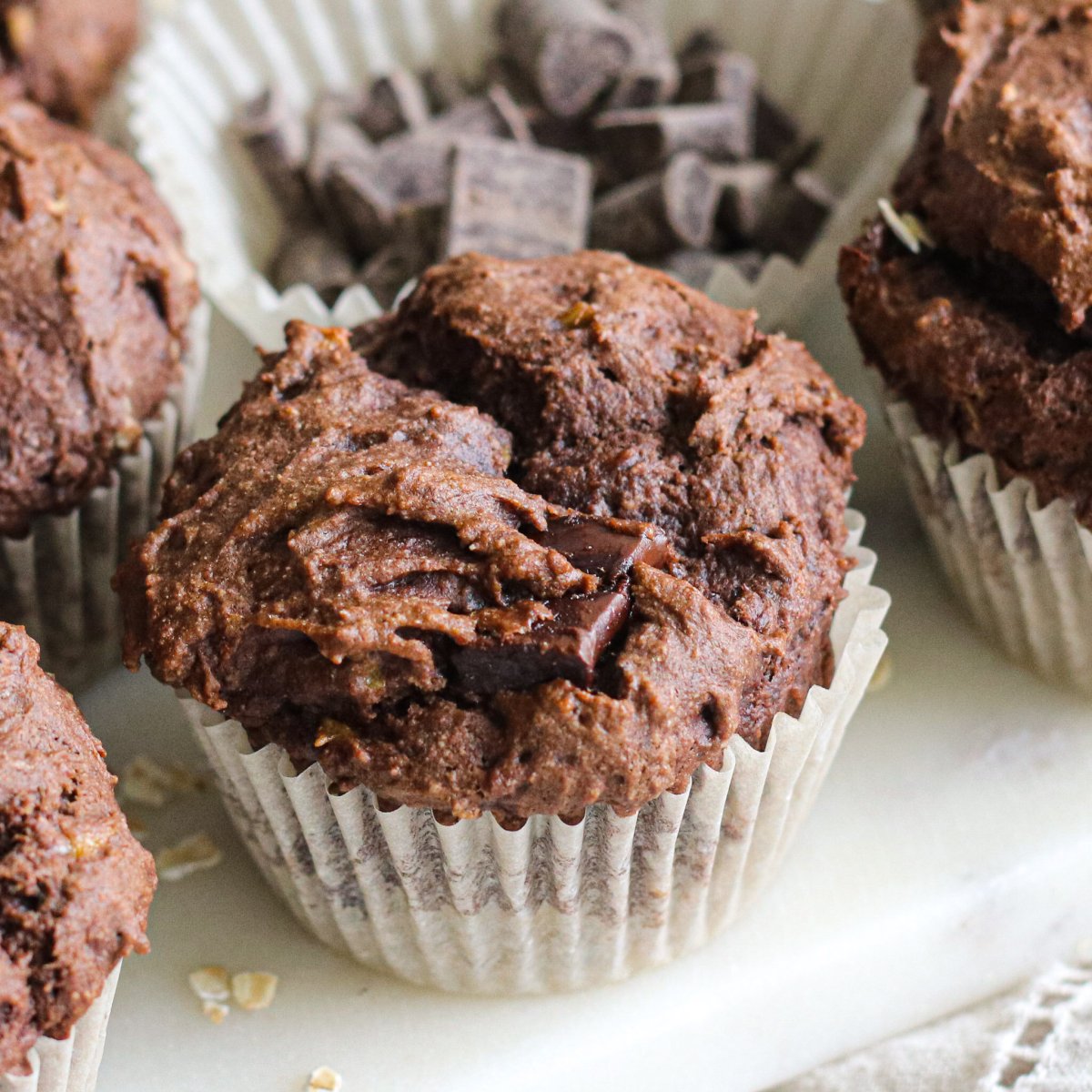Imagine a breakfast where everyone can joyfully indulge, regardless of dietary restrictions. This isn’t a dream; it’s the delicious reality of allergen-free breakfast muffins. Picture golden-brown, fluffy muffins bursting with vibrant colors and enticing aromas, each bite a testament to careful crafting and delightful flavors. This guide unveils the secrets to creating these delectable treats, ensuring that even those with the most sensitive palates can savor a truly satisfying morning meal.
We’ll navigate the world of allergen-free baking, exploring suitable flour alternatives, innovative ways to achieve that perfect moist texture without eggs or dairy, and creative flavor combinations that will tantalize taste buds. Learn to confidently substitute ingredients, adapt to various dietary needs, and present your muffins as a culinary masterpiece. Get ready to bake up a batch of joy!
Baking & Storage Techniques

Achieving perfectly moist and delicious allergen-free muffins hinges on mastering baking techniques and employing proper storage methods. These seemingly small details significantly impact the final product’s texture, flavor, and shelf life. Let’s explore the key elements to ensure your muffins are a resounding success.
Optimal Baking Temperature and Time
The ideal baking temperature for allergen-free muffins typically ranges from 350°F (175°C) to 375°F (190°C). However, the exact temperature and baking time depend heavily on the specific recipe, the size of your muffins, and your oven’s characteristics. Smaller muffins will bake faster at a lower temperature, while larger muffins might require a slightly higher temperature and longer baking time. Always refer to your chosen recipe for its specific recommendations. As a general guideline, expect baking times to range between 18 to 25 minutes. Overbaking will result in dry, crumbly muffins, while underbaking will leave them gooey and undercooked. Using an oven thermometer ensures accuracy in temperature readings, preventing variations due to oven inconsistencies.
Preparing Muffin Tins to Prevent Sticking
Proper preparation of your muffin tin is crucial for effortless removal of your baked goods. Greasing the tin with oil or butter is a classic method, ensuring a smooth release. However, for a truly non-stick surface, consider lining the muffin cups with paper liners. These disposable liners act as a barrier between the batter and the tin, eliminating sticking and making cleanup a breeze. Alternatively, you can use silicone muffin cups, which offer excellent non-stick properties and are reusable. A light dusting of flour or a sprinkle of sugar in the greased or lined cups can provide an additional layer of protection against sticking, especially for recipes containing moist ingredients. Imagine the satisfying ease of removing perfectly formed muffins from their tins, without any breakage or sticking.
Determining Doneness Without Visual Cues
Relying solely on visual cues for determining muffin doneness can be misleading, especially with allergen-free recipes that may have different browning characteristics. A more reliable method is the toothpick test. Insert a wooden toothpick or skewer into the center of a muffin. If it comes out clean, or with just a few moist crumbs attached, the muffins are baked through. If the toothpick is wet or coated with batter, the muffins need more baking time. Another indicator is the texture; gently press the top of a muffin. It should spring back slightly when baked properly. A sunken or soft top indicates underbaking. This tactile assessment, combined with the toothpick test, offers a more comprehensive evaluation of doneness, regardless of visual appearance.
Storage Methods for Maintaining Freshness
Proper storage is paramount to preserving the texture and flavor of your allergen-free muffins. At room temperature, muffins will generally stay fresh for up to three days, provided they are stored in an airtight container. This prevents them from drying out and helps maintain their softness. For longer storage, refrigeration is recommended. Stored in an airtight container in the refrigerator, muffins can last for up to a week, maintaining a good level of freshness. However, refrigeration can sometimes lead to a slight alteration in texture, making them potentially slightly firmer.
Freezing Allergen-Free Muffins
Freezing offers the best option for long-term storage of your allergen-free muffins, preserving their quality for several months. Before freezing, allow the muffins to cool completely. Then, wrap each muffin individually in plastic wrap, followed by a layer of aluminum foil or placing them in freezer-safe bags. This double-wrapping provides an effective barrier against freezer burn and helps maintain their texture. Frozen muffins can be stored for up to three months. To thaw, simply remove a muffin from the freezer and allow it to thaw at room temperature or reheat it gently in the microwave or oven. The convenience of having a readily available supply of delicious, allergen-free muffins at your fingertips is undeniable.
From selecting the perfect allergen-free base to mastering the art of visually appealing presentation, this journey into allergen-free breakfast muffin creation is a rewarding one. With a little creativity and attention to detail, you can craft muffins that are not only safe and delicious but also a source of pride and joy for you and your loved ones. So, gather your ingredients, preheat your oven, and embark on this delightful baking adventure. The aroma of freshly baked, allergen-free muffins awaits!
General Inquiries
Can I make these muffins ahead of time?
Absolutely! These muffins freeze beautifully. Wrap them individually and store them in a freezer-safe container for up to three months. Reheat gently in the oven or microwave before serving.
What if I don’t have a specific allergen-free flour blend?
You can experiment with different combinations of allergen-free flours like almond flour, coconut flour, oat flour (ensure it’s certified gluten-free if needed), or a blend of these. The texture might vary slightly depending on the flour blend you choose.
How can I make sure the muffins are fully cooked?
Insert a toothpick into the center of a muffin. If it comes out clean or with just a few moist crumbs, the muffins are done. You can also use a food thermometer; the internal temperature should reach around 200-210°F (93-99°C).
Can I use different types of sweeteners?
Yes, you can experiment with maple syrup, agave nectar, or other liquid sweeteners. Adjust the amount according to the sweetness of your chosen sweetener. Keep in mind that different sweeteners may affect the texture slightly.


